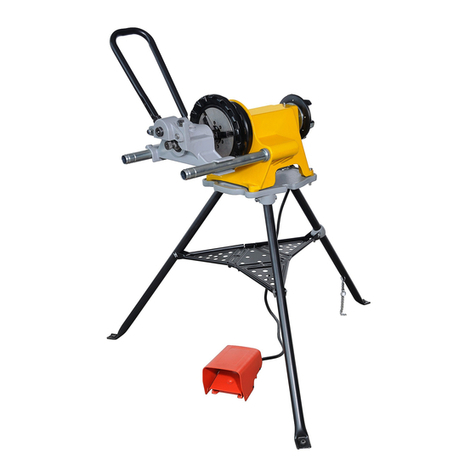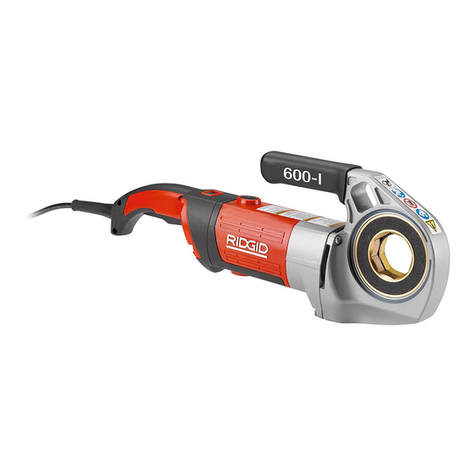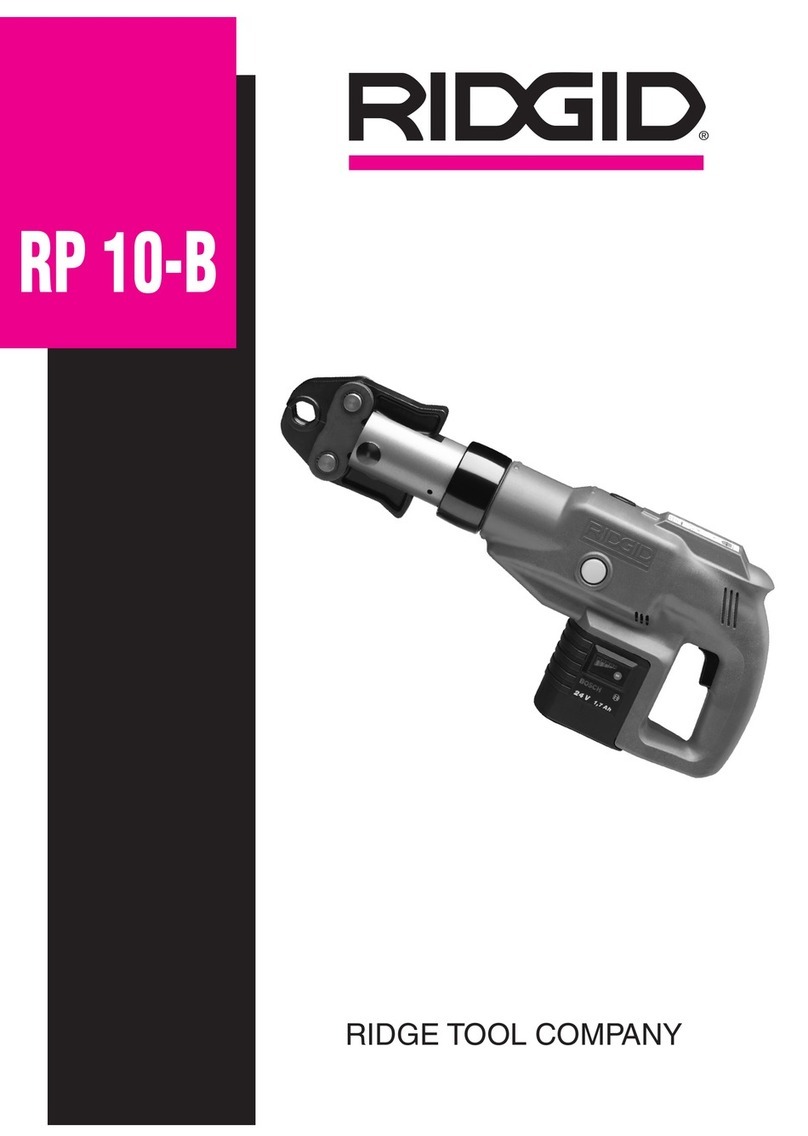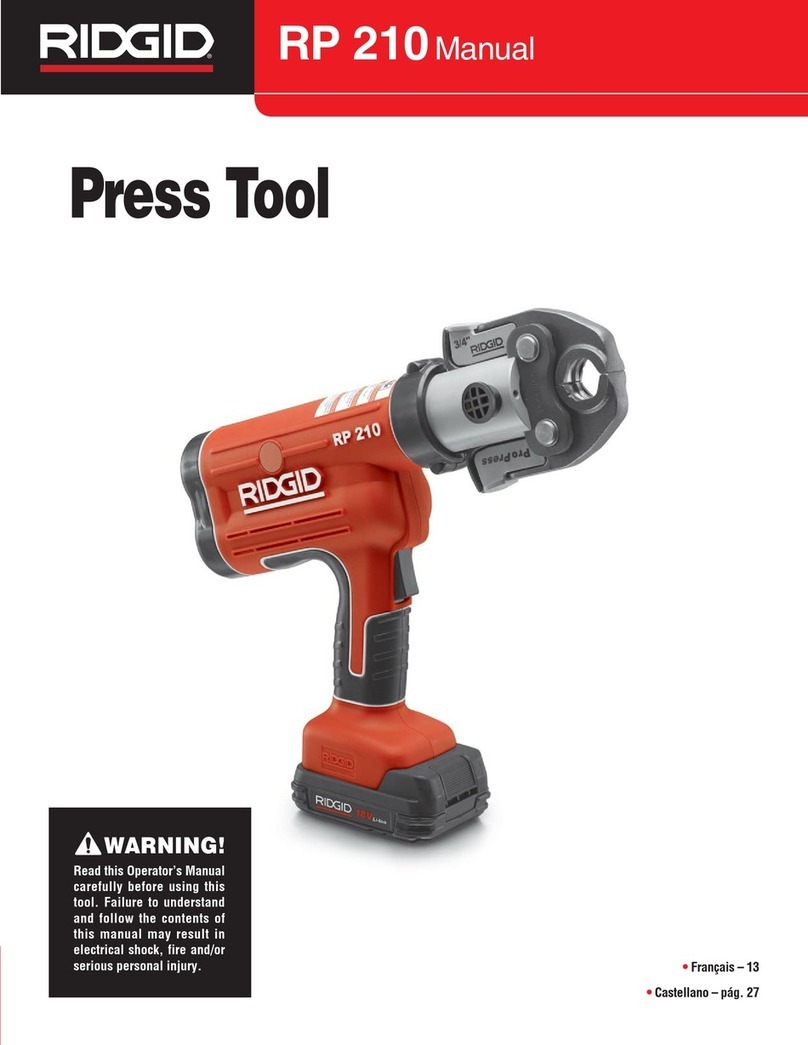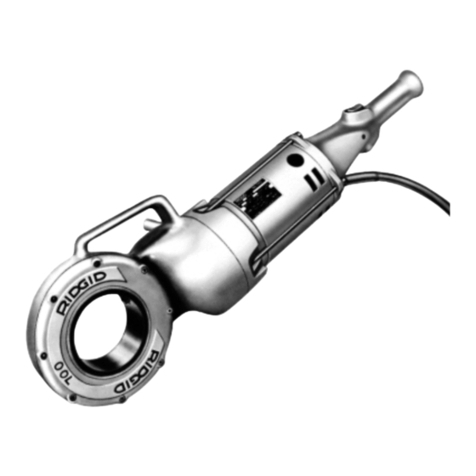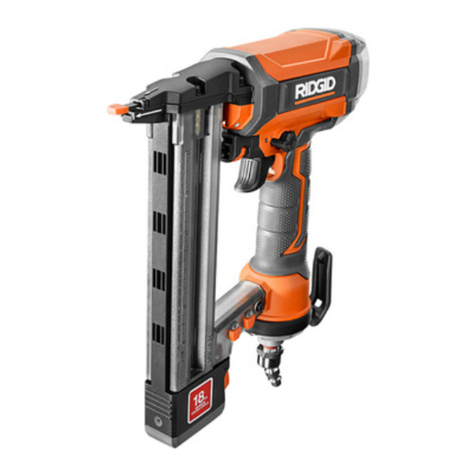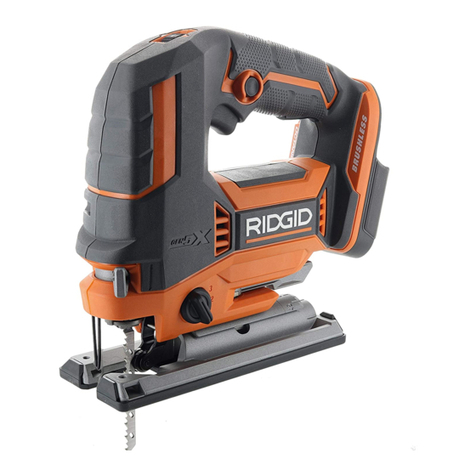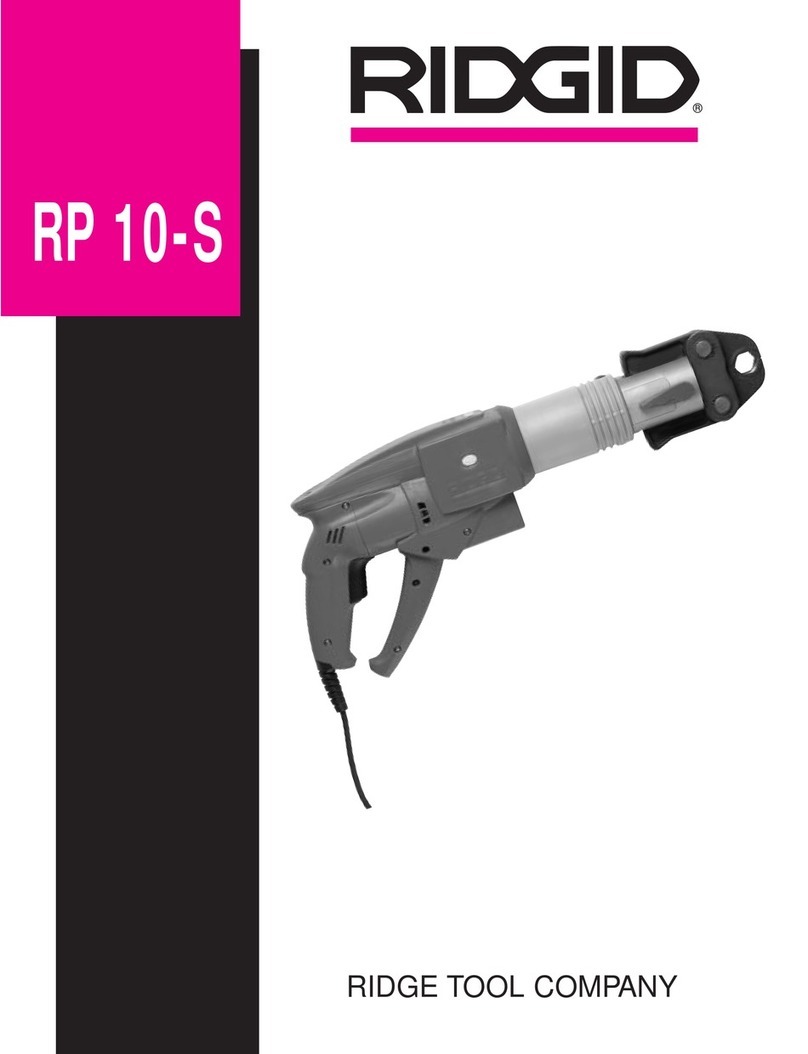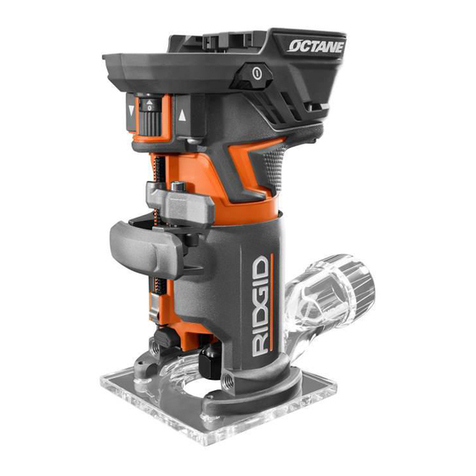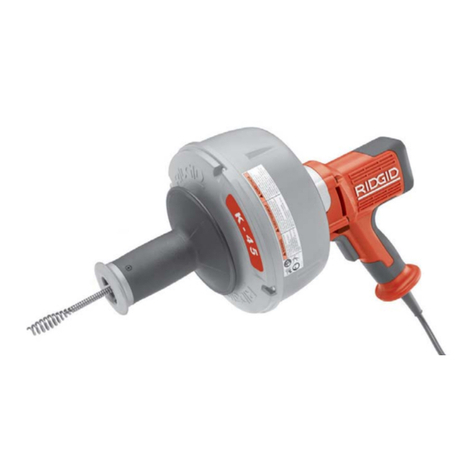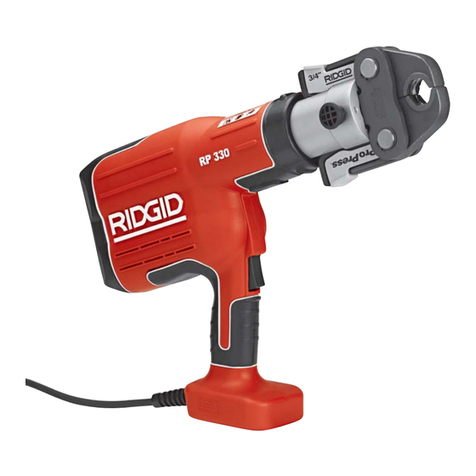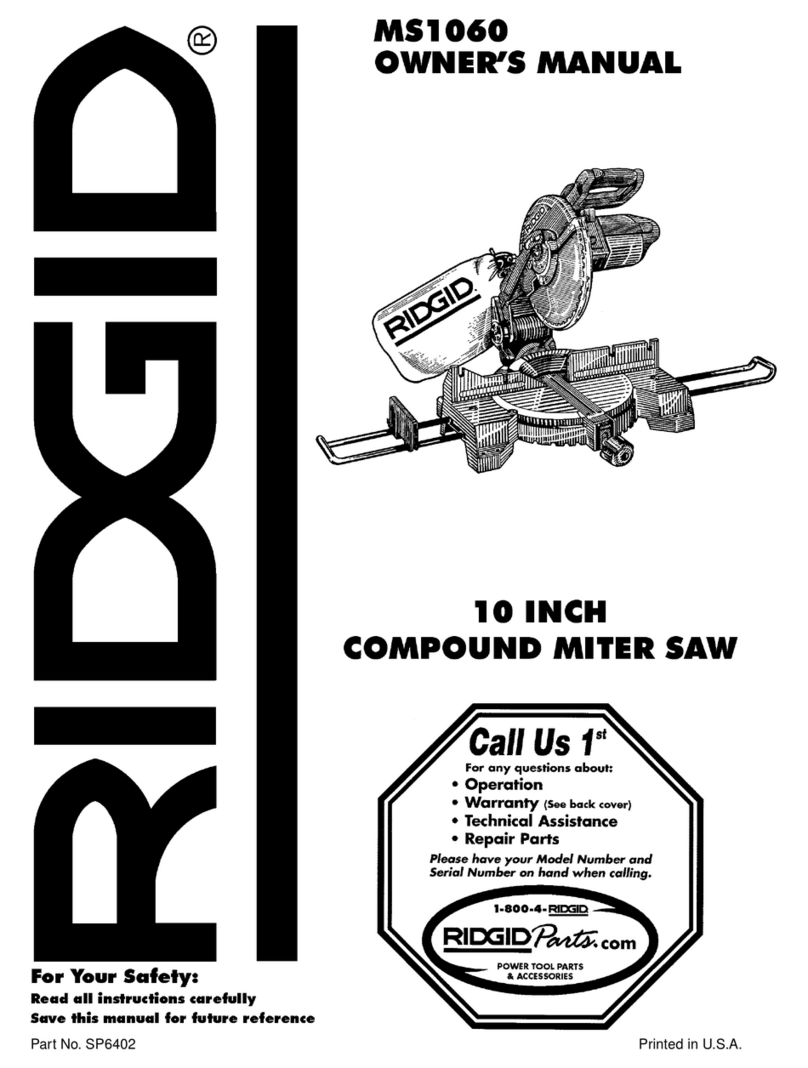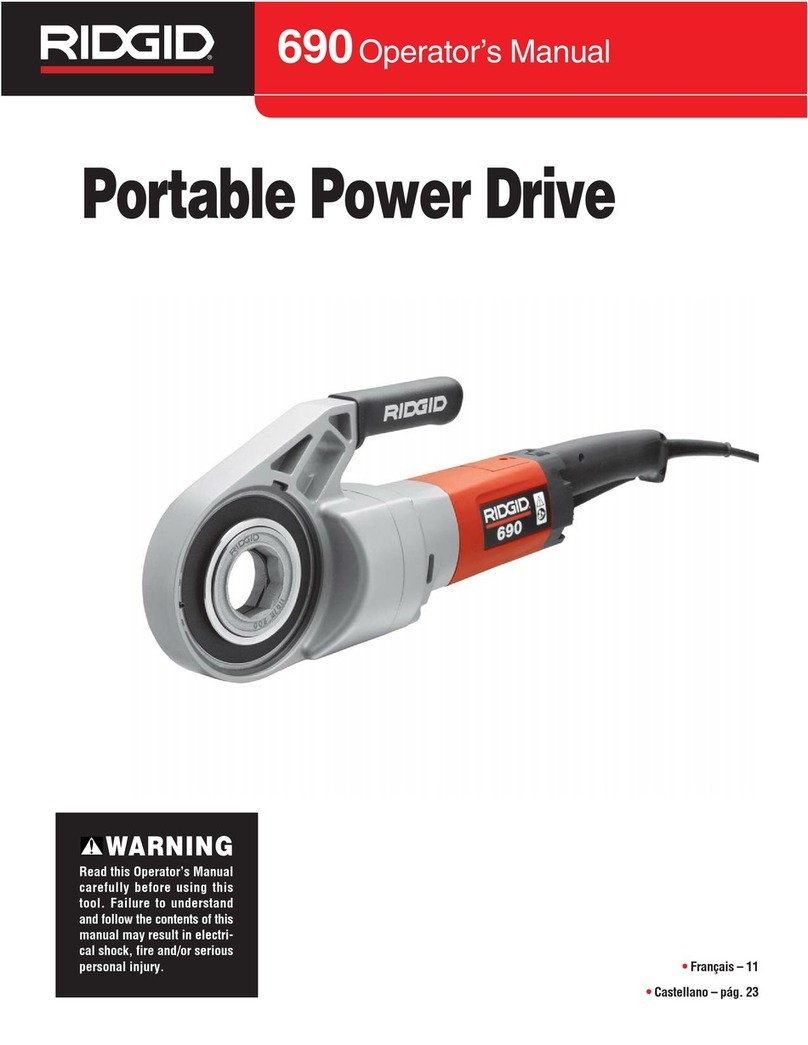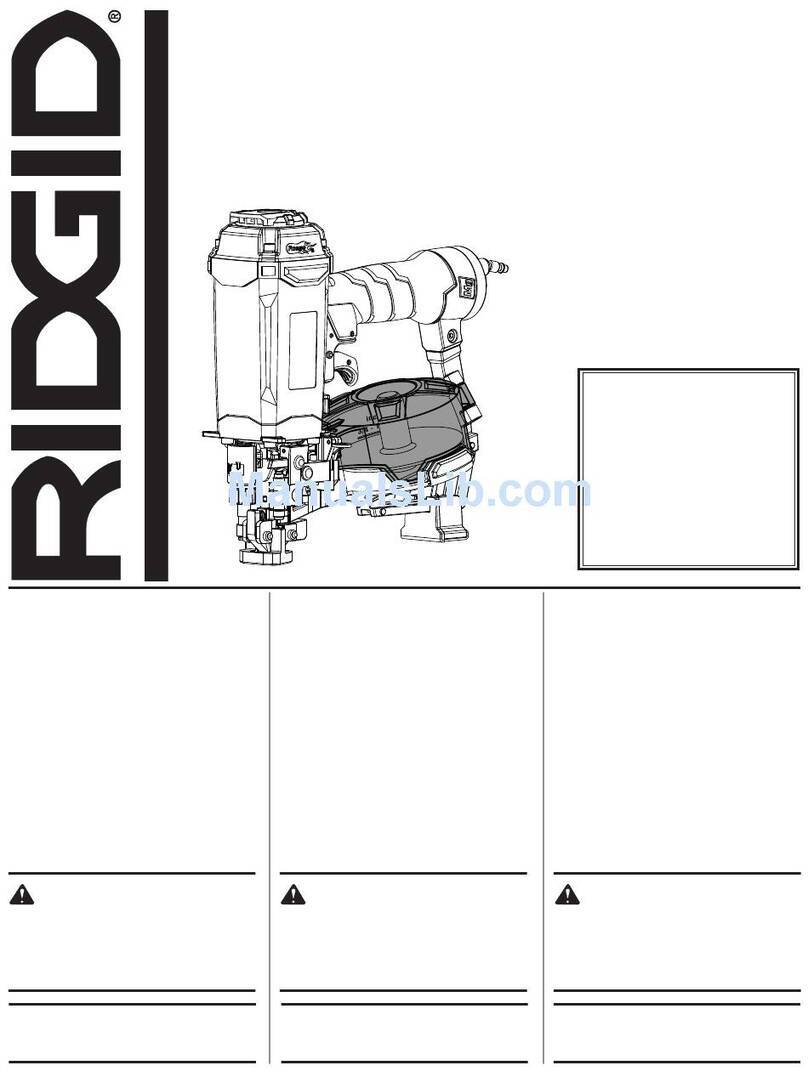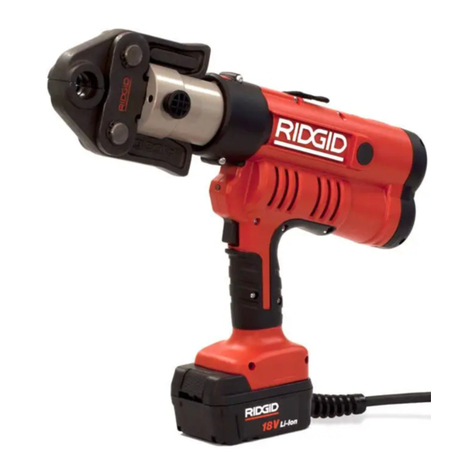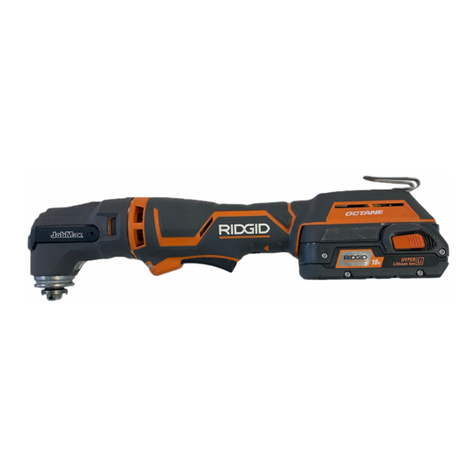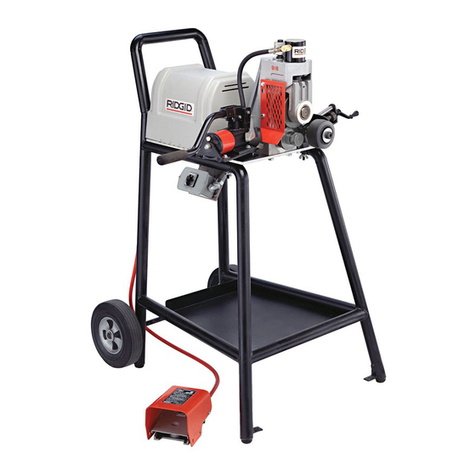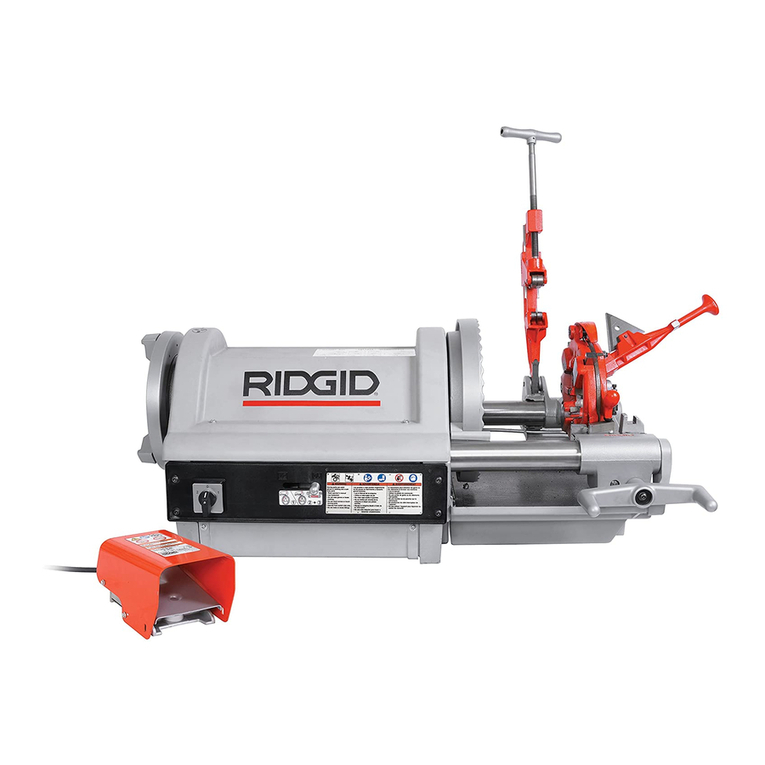3
When Installing Or Moving The Drill Press
Reduce the Risk of Dangerous Environment.
• Use the drill press in a dry, indoor place protected from
rain.
• Keep work area well lighted.
• Use recommended accessories. The use of improper
accessories may cause risk of injury to persons.
To reduce the risk of injury from unexpected drill
press movement.
If there is any tendency of the drill press to tilt or
move during any use, bolt it to the floor. If the work-
piece is too large to easily support with one hand,
provide an auxiliary support.
• To reduce the risk of injury from electrical shock, make
sure your fingers do not touch the plug’s metal prongs
when plugging in or unplugging the drill press.
•Never Stand On Tool. Serious injury could occur if the
tool tips or you accidentally hit the cutting tool. Do not
store anything above or near the tool where anyone
might stand on the tool to reach them.
Before Each Use
Inspect your drill press.
• To reduce the risk of injury from accidental starting,
turn the switch off, unplug the drill press, and remove
the switch key before raising the guard, changing the
cutting tool, changing the setup, or adjusting anything.
Make sure switch is in OFF position before plugging in.
• Check for alignment of moving parts, binding of moving
parts, breakage of parts, drill press stability, and any
other conditions that may affect the way the drill press
works.
• If any part is missing, bent or broken in any way, or any
electrical part does not work properly, turn the drill
press off and unplug the drill press.
• Replace damaged or missing parts before using the
drill press again.
• Remove adjusting keys and wrenches. Form a habit of
checking for and removing keys and adjusting
wrenches from table top before turning drill press on.
• Make sure all clamps and locks are tight and no parts
have excessive play.
Use Only Accessories Designed For This Drill Press To Reduce The Risk of Serious Injury
From Thrown Broken Parts Or Work Pieces
• When cutting large diameter holes:
- Clamp the workpiece firmly to the table. Otherwise
the cutting may grab and spin it at high speed.
- Use only one piece, cup-type, hole cutters.
- Do not use fly cutters or multi-part hole cutters as
they can come apart or become unbalanced in use.
- Keep speed below 1500 R.P.M.
• Drum sanders must never be operated on this drill
press at a speed greater than 1800 R.P.M.
• Do not install or use any drill that exceeds 7” in length
or extends 6” below the chuck jaws. They can sud-
denly bend outward or break.
• Do not use wire wheels, router bits, shaper cutters, cir-
cle (fly) cutters or rotary planers on this drill press.
Kickback
• Kickback is the grabbing of the workpiece by the rotat-
ing tool. The workpiece can be thrown at very high
speed in the direction of rotation. This Can Cause
Serious Injury. To reduce the possibility of injury from
kickback:
• Clamp the workpiece firmly to the table whenever pos-
sible.
• Buffing or sanding wheels or drums should be con-
tacted on the side moving away from you, not the side
moving toward you.
• Use only recommended accessories and follow the
instructions supplied with the accessory.
This drill press has 12 speeds as listed below:
250 RPM 990 RPM
340 RPM 1550 RPM
390 RPM 1620 RPM
510 RPM 1900 RPM
600 RPM 2620 RPM
650 RPM 3100 RPM
See inside of guard for specific placement of belt on
pulleys.
Think Safety
Safety is a combination of operator common sense and
alertness at all times when the drill press is being used.
WARNING: Do not allow familiarity (gained from
frequent use of your drill press) to become com-
monplace. Always remember that a careless frac-
tion of a second is sufficient to inflict severe injury.
Plan Your Work
• Don’t force the tool. It will do the job better and safer at
the rate for which it was designed.
• Use the right tool. Don’t force tool or attachment to do
a job it was not designed to do.
• If any part of your drill press is missing, malfunctioning,
has been damaged or broken...such as the motor
switch, or other operating control, a safety device or
the power cord, turn the drill press off and unplug it
until the particular part is properly repaired or
replaced.
• Never place your fingers in a position where they could
contact the drill or other cutting tool if the workpiece
should unexpectedly shift or your hand should slip.

